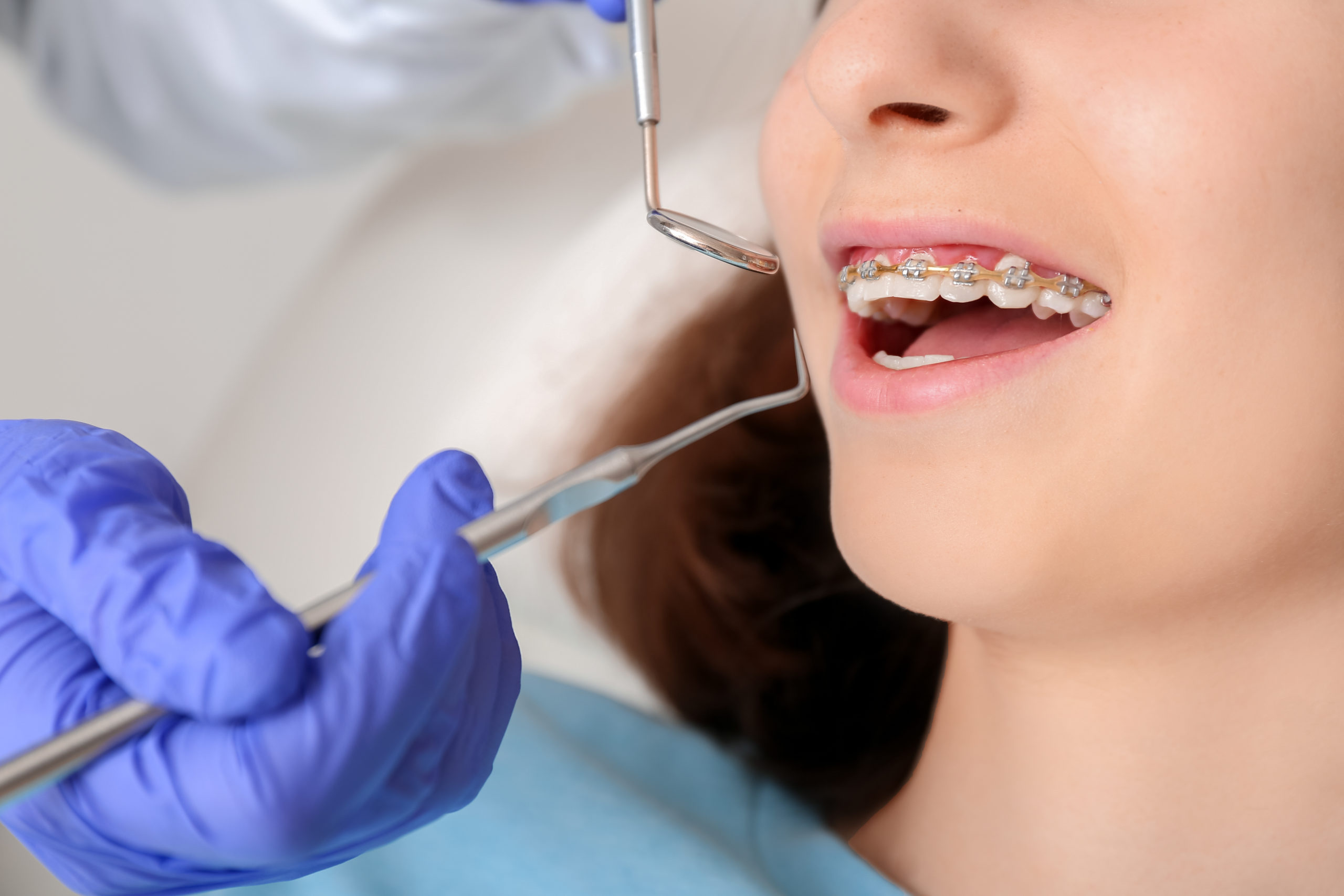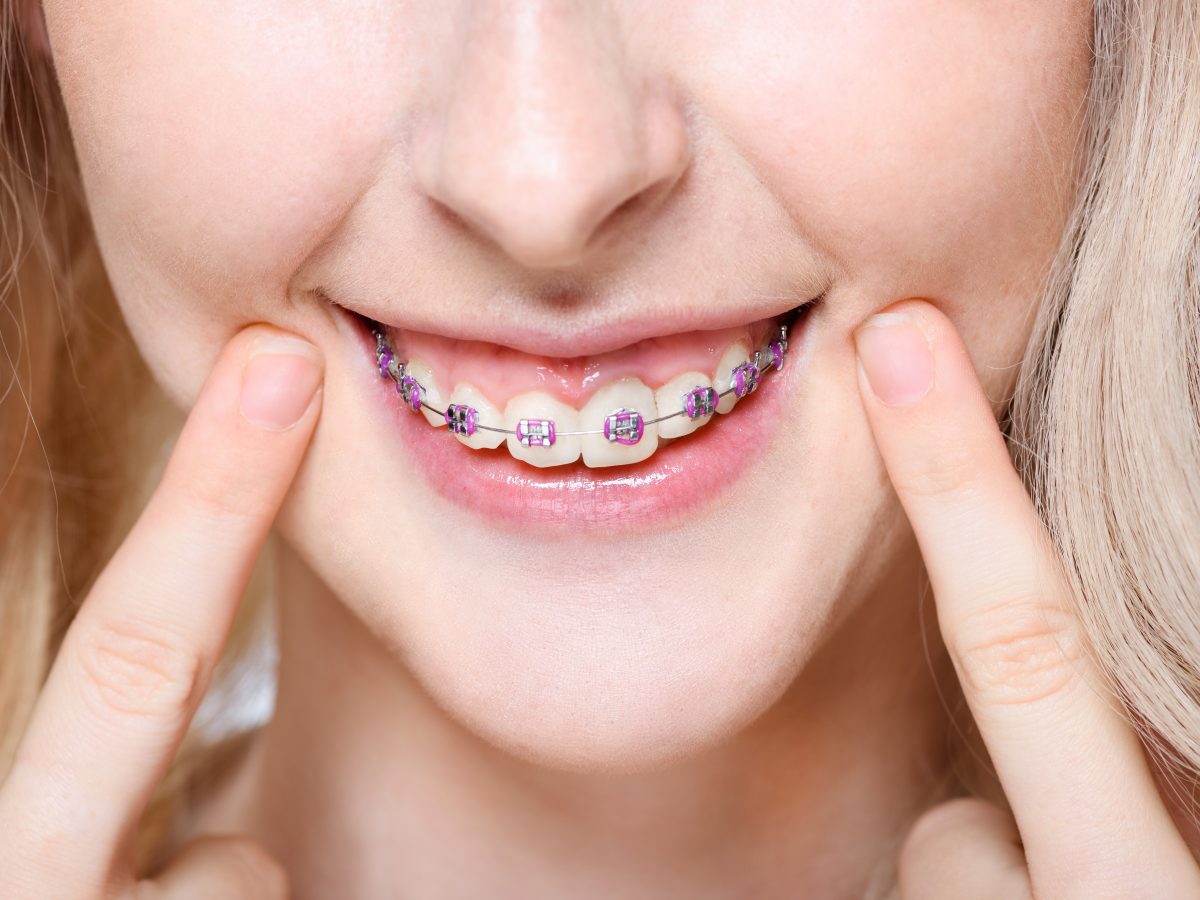How Cumming Orthodontics Addresses Common Braces and Invisalign Worries
Wiki Article
Comprehensive Guide to Orthodontics Procedures for Remedying Dental Misalignments
Understanding the details of each procedure, including their systems, advantages, and potential disadvantages, is essential in making educated decisions regarding one's orthodontic therapy. As we browse via the comprehensive guide to orthodontic treatments for correcting oral imbalances, the intricate information of each method will unfold, losing light on the path towards a unified and functional oral alignment.Orthodontic Procedures Overview

Along with standard braces and clear aligners, orthodontists may also suggest other interventions like headgear, palatal expanders, or retainers to resolve particular alignment concerns (braces). These treatments are customized per client's one-of-a-kind requirements and might include a combination of therapies to attain the wanted results. Routine adjustments and surveillance are important components of orthodontic therapy to guarantee development gets on track and to make any kind of necessary alterations in the process. By undergoing orthodontic procedures, individuals can not just achieve a straighter grin however likewise boost their overall oral health and function.
Traditional Dental Braces: Exactly How They Work
When taking into consideration orthodontic treatments for dental misalignments, conventional dental braces stand out as a time-tested method for correcting teeth positioning. Standard braces are composed of braces, cables, and bands that function together to apply constant pressure on the teeth, gradually relocating them into the preferred placement.
As stress is applied to the teeth through the dental braces, the bone bordering the teeth is reshaped to support the brand-new tooth positions. Patients will require normal changes at the orthodontist's office to guarantee the braces proceed to apply the proper pressure for reliable teeth movement.
Unnoticeable Aligners: Cons and pros
Unseen aligners use a discreet and practical choice to standard dental braces for fixing oral misalignments. These clear, personalized trays are practically undetectable when worn, making them an enticing option for people looking for a much more aesthetically pleasing orthodontic treatment. One of the main advantages of undetectable aligners is their removability, enabling easier maintenance of dental health compared to standard dental braces. People can get rid of the aligners prior to eating or cleaning their teeth, reducing the risk of food getting embeded the device and simplifying the cleaning procedure.
Surgical Orthodontic Options
Surgical interventions in orthodontics existing viable alternatives for addressing complex oral imbalances that may not be properly solved with conventional orthodontic treatments. While unseen aligners and standard dental braces can correct numerous orthodontic issues, certain situations need medical treatment to attain optimal results. Surgical orthodontic options are typically advised for severe malocclusions, substantial jaw disparities, and situations where the underlying bone framework needs modification to accomplish appropriate positioning.One common medical orthodontic procedure is orthognathic surgery, which includes repositioning the jaws to fix useful concerns such as trouble chewing or talking. This surgical treatment is frequently carried out in partnership with an orthodontist that assists straighten the teeth prior to and after the procedure. Surgical orthodontics might likewise include treatments to expose impacted teeth, get rid of excess periodontal cells, or reshape the jawbone to develop an extra harmonious facial account.
Prior to taking into consideration surgical orthodontic alternatives, patients undertake a thorough examination to identify the necessity and potential advantages of such interventions. cumming braces. While surgical procedure might seem difficult, it can considerably boost both the function and visual appeals of the smile in instances where conventional orthodontic treatments fall short
Retainers and Post-Treatment Treatment

Failure to comply with post-treatment treatment directions can result in regression, best dentist around me where the teeth gradually move back in the direction of their initial positions. Consistent retainer wear, great dental health, and regular dental check-ups are vital for preserving the outcomes achieved via orthodontic surgical procedure and making certain the lasting security of the dealt with dental positioning.
Final Thought
In final thought, orthodontic treatments supply various options for correcting dental imbalances. Surgical orthodontic alternatives are offered for extra extreme misalignments. Generally, orthodontic treatments can efficiently enhance dental health and wellness and aesthetic appearance.As we navigate via the extensive guide to orthodontic procedures for dealing with dental imbalances, the elaborate details of each technique will unfold, dropping light on the path towards a harmonious and useful oral positioning. - orthodontics
One of the most common orthodontic treatments is the usage of dental braces, which consist of steel braces and wires that click to read apply mild pressure to progressively shift teeth right into the preferred placement.When thinking about orthodontic treatments for oral misalignments, conventional dental braces stand out as a tried and true technique for dealing with teeth placing. In addition, unnoticeable aligners may not be ideal for complex orthodontic concerns that call for even more substantial teeth activity, as they are commonly advised for mild to modest cases. Retainers are tailor-made orthodontic tools designed to hold teeth in their fixed placements after the conclusion of orthodontic treatment.
Report this wiki page